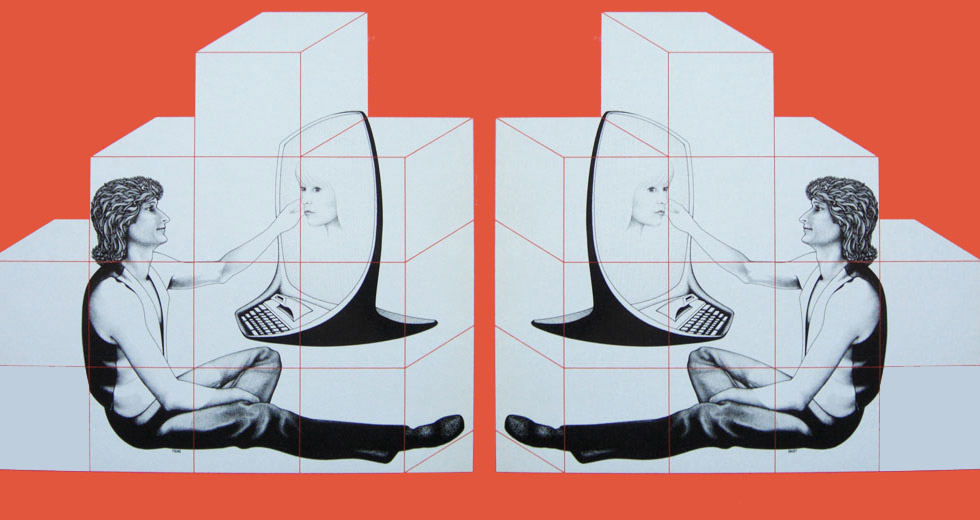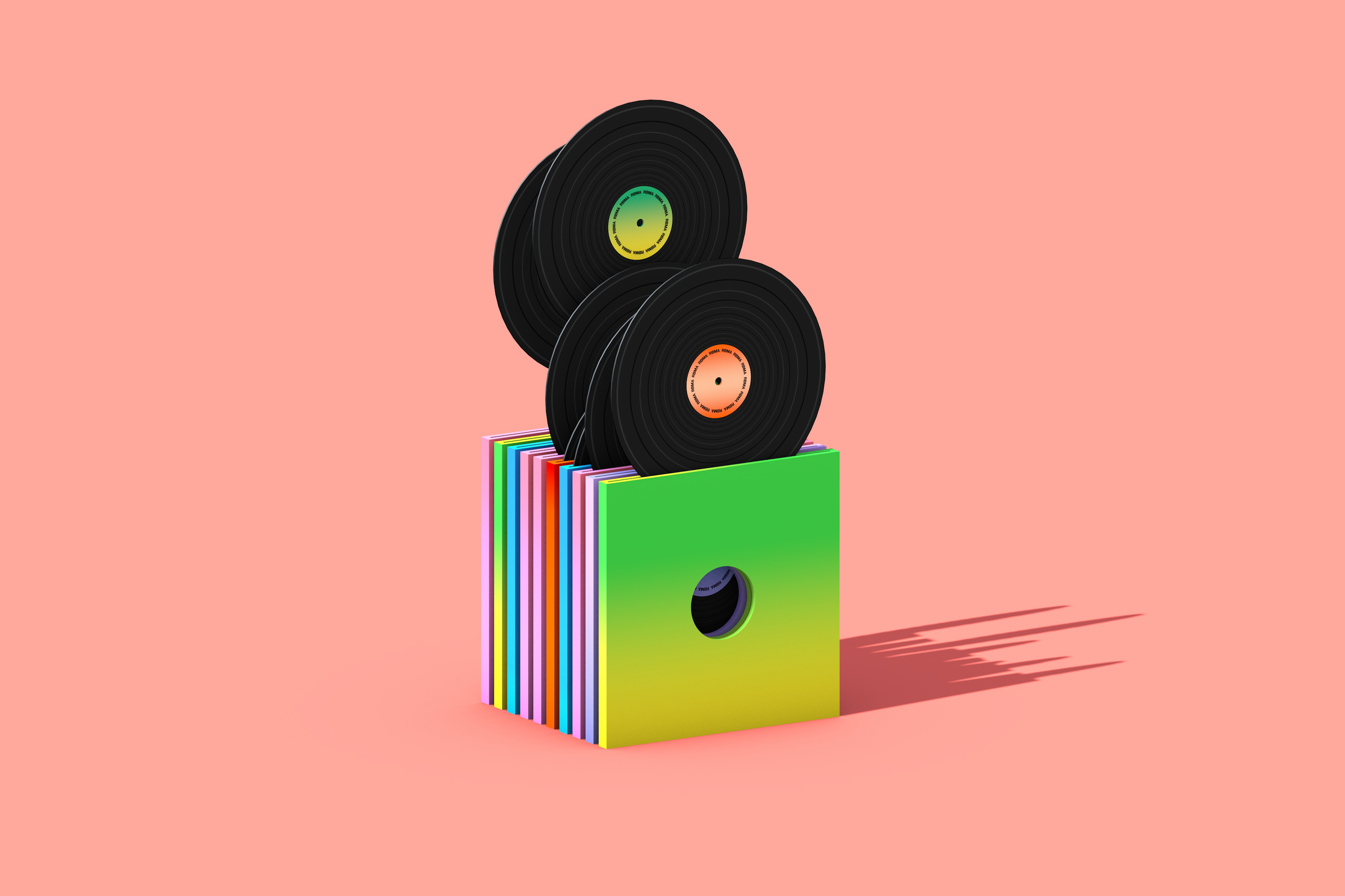The What, How and Why of Library Music
Everything you need to know about this mysterious and adventurous world
It’s important to know that the history of library music and the mainstream is not normal. This is because library music is not normal.
First of all, when I get asked to sum up or explain what library music is, I simply state that “it is it non-commercial music made for economic use in film, TV and broadcasting.”
The key part of that statement is “non-commercial.” It’s not made for sale like other types of music. You are not supposed to be able to buy it. How’s it made? Well, it’s created by specialist companies that ask composers to produce music for specific concepts – music for drama, or comedy, sport, nostalgia, or France or even the future – that they then package, then send out to broadcasters, production companies or anyone who might just use it in an advert, a film trailer, broadcast or a new TV show.
And why, when they could use just modern pop or some hipster urban lark? The purpose of library music for the production companies is that it is a total joy to use. They don’t have to ask permission or negotiate prices with artists and publishers. They just pay the standard rate-card prices based on usage, and everyone is happy. As a result of this brilliant background musical library music is everywhere: on cookery shows, on the news, selling you crisps. You just don’t know it. It has also been a sonic playground for some of the world’s more interesting composers – and some of the most fascinating and influential music of all time sits on library music LPs.
It was exactly the music I had been after – late-night music from science programmes. It was weird, faceless, different.
To get to where it is today, we have to rewind to the early, pre-internet 1990s, a period key to understanding library music now. And we have to go into Soho, in London’s West End. It was a place full of record shops, charity shops and also production companies, film companies, editing suites and the like. It’s where I would go on a daily basis to look for music. The secondhand vinyl shops were fabulous, with places like Reckless, Soul Jazz and Jam Records regularly sending out staff to the USA and Europe to bring back boxes of rare soul, funk, Latin and jazz. Also, independent dealers and diggers would meet in the streets and coffee houses to swap, trade and sell rare hip records, rumours and gossip.
At the time, I was into film music and TV music. I’d never really got into pop, rock or any of the bigger collecting scenes. I’d grown up watching lots of experimental TV throughout the 1970s and 1980s, and lots of late-night films, too – that was the music I craved. So in Soho I’d be buying the cheap junk, the OST LPs not really on the record-collecting radar. But having spent several years buying this stuff I still couldn’t find exactly what I was really after – the kind of experimental music I’d hear in late-night educational science broadcasts, the music I’d heard in Public Information films, the scores in 1960s porn, sleaze and horror.
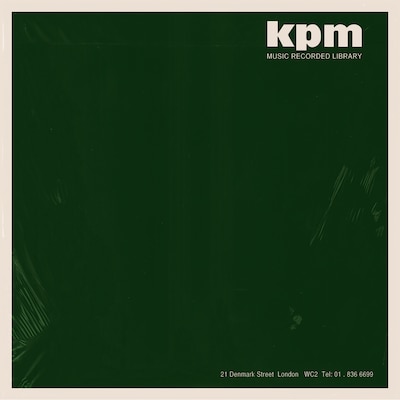
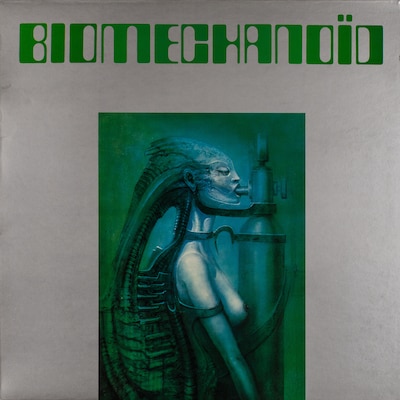

Trust me, I’d really tried to find it. In Soho and at London record fairs and markets I’d meet similar-aged, similar-dressed and similar-minded music buyers, normally always on our knees on the floor looking at the junk LPs. People like Martin Green, a DJ who had started a hip club called Smashing; the Karminskys, a duo who were playing out killer lounge music to lively crowds; and Fraser Moss, a collector and fashion designer. We’d all be seeking out the same sort of old strange TV sound, but didn’t really know exactly where it all was.
One evening, late 1995, I was digging about in Jam Records. I came across an LP called Dramatics Electronic. On the front was a set of badly drawn instruments. There was a composer name I’d never heard of, Frank Gartner. A tracklisting was written on the front, and on the back was the tracklisting again in four languages. The titles were pushing my buttons – “Radar Blips,” “Dance Of The Ions,” “Nuclear Wash.” It looked like an educational LP or something. It certainly wasn’t normal. I bought the record, took it home and listened. It was exactly the music I had been after – late-night music from science programmes. It was weird, faceless, different.
It had been issued by a label called Bosworth Music. They were based in Soho. I knocked on their door the next morning. There I met Howard Friend. Once he’d calmed me down he explained what Dramatics Electronic actually was: Library music, also known as “production music.” He showed me more of their library catalogue, all housed in the same-looking sleeves, which included killer jazz, easy listening, exotics and more. Everything finally slotted in to place. I’d found this strange, secret world of non-commercial music, actually on vinyl, that I really wanted to hear and explore and I knew others wanted, too. So, a compilation was planned to introduce listeners from disparate scenes to it all.
The Super Sounds Of Bosworth LP was issued in 1996 by Trunk Records. It was the first-ever commercial library compilation. Even though the Rough Trade shop thought it was a weird hoax of made-up bands and new music trying to sound old, it brought together listeners of jazz, electronics, experimental music and even those looking for weird breaks. It also came hot on the heels of The Sound Gallery, a landmark compilation of easy listening issued in 1995. Using the EMI vaults, DJs Martin Green and Paddy Whittaker had pulled together a superb collection of loungecore classic from EMI’s Studio 2 series, but had also added a dose of KPM library cues, from LPs Martin had found for pennies on his notorious digging escapades. Together, these two compilation LPs created a strange bridge inviting adventurous listeners to cross over into the world of library music.
At the same time this was happening, the library music world was also changing. This was a business that had been going since the turn of the century. In the mid-’60s there were a handful of large library music companies, pressing the music on 78 rpm and 33 rpm vinyl. By the 1970s the number of companies had increased tenfold. Many library companies were based in London, Paris, Cologne and Rome, and had produced fine catalogues of music and distributed it all across the TV-watching world. But by the late 1980s there were hundreds of library companies producing masses of new music, and production company vinyl shelves were bulging but redundant. Library music had all gone to CD – it was quicker, easier to use, and hey, who the hell wants old library on modern adverts or in the latest TV drama? So by the mid-’90s, these production companies and broadcasters started to dump their obsolete vinyl. This rare, non-commercial music was, for the first time, making its way onto the streets and into shops.
Weird old TV themes were being rediscovered and collectors were realizing that sex, horror, kung fu and classic ’70s cop shows had wall to wall library music.
This coincided perfectly with a handful of slightly odd record collectors who grew up not knowing they had listened to this library music, not knowing that it was library music, and actually wanting to hear and buy this library music. A perfect storm of sorts was building. Especially in Soho, where lots of the old TV production houses were, and they were throwing it out, literally onto the streets.
The day I issued The Super Sounds Of Bosworth I got a call from a man at the BBC who said he’d skipped thousands of library records a couple of months earlier from the BBC LP archive. I started hearing from other library geeks too. And from then on a quietly growing group of collectors would slowly put together a rather strange picture of the international library music scene – the labels, the key records, the wants lists, the unanswered questions, like what’s the library bossa nova track used in John Carpenter’s Dark Star? Weird old TV themes were being rediscovered and collectors were realizing that sex, horror, kung fu and classic ’70s cop shows had wall to wall library music. So more compilations started to appear from the UK, France, Italy, Germany and then the USA. A whole sample scene was developing too. A bigger picture of library music history and influence was emerging and prices by the year 2000 were rocketing. £500 for Drama Suite 1&2, £400 for Feelings, £300 for Rhythms.
The internet had also now opened things up, and an international scene for finding these rare records was available to anyone who knew key terms or labels. For the group of early library collectors this offered up chances to find new old labels and to take chances on cheap unknown LPs. By 2005 I’d issued a book, the first ever on library music, pooling resources from the earliest and best library music collectors here in the UK. The book, published by Fuel and called The Music Library, threw an amazing catalogue of 500+ library LPs and labels out into the world, alerting new collectors and graphic hounds to a still quite hidden musical universe. It also highlighted that their usage and music defined an era of soundtracks and musical education for a whole generation.
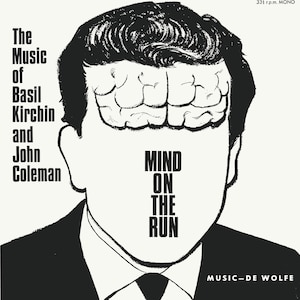
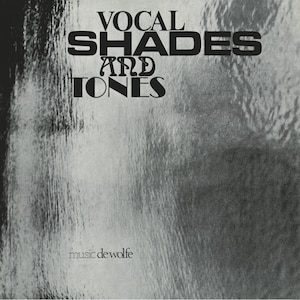
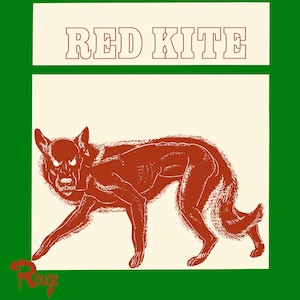

The genre grew further, then like many scenes seemed to fade out a little as record-buying butterflies flew to hipper scenes. But the hardcore remained, and by 2014 I felt that the library music scene was going a bit crazy once more. For some key LPs prices were hitting £1,000-plus, and a new group of collectors, especially in the USA, were happy to drop thousands upon thousands on hard-to-find “trophies” and then were posting them up online. Also, ten years on from The Music Library book I’d seen a big jump in knowledge, labels and LPs, so I put together a larger, fully expanded new version of it.
And now, in 2019, we have a library music film, sold-out live shows by British library legends, more reissues than ever and maybe even more in store for us all.
In 25 years of collecting library music I have learnt a lot. And I’m still learning. And still buying it, too. In short, library music from the golden era – the mid–’60s to the mid–’80s – offers dedicated listeners the most extraordinary and rich vein of sound and music, one full of joy, pure creativity and sonic risk-taking like no other. But no vocals.
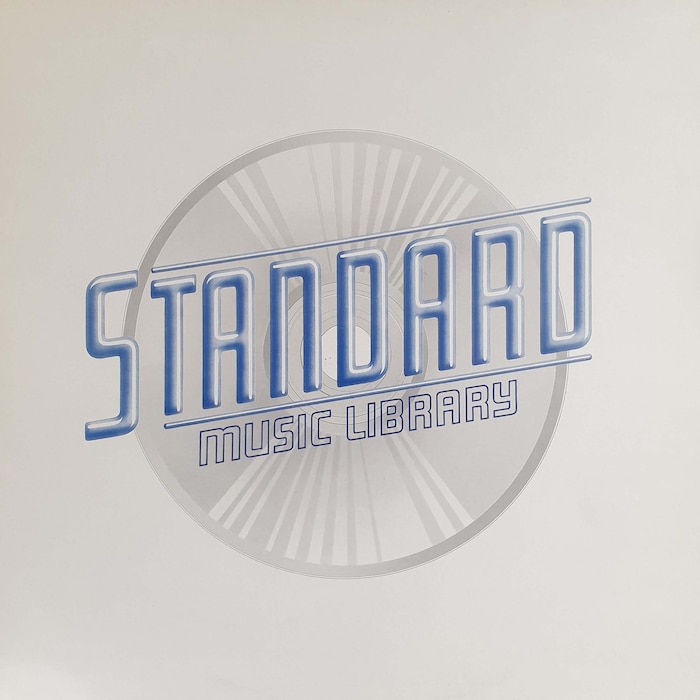
Finally, here are some simple rules to library collecting.
Don’t try and buy all the original “holy grails,” as they are not always that good. And no one cares if you have them or not. Well, I don’t.
Really expensive does not always mean really good. Or for that matter really rare. Or anything really, these days. Some of the most expensive library LPs ever sold are, in my humble opinion, one or two-trackers. And sometimes even no trackers at all. Some £1,000-plus LPs are just noise.
Use your ears – listen to as much as you can, define your own taste. Do not be defined what others think, post up or pay for. A lot of library is now out there online to hear. Spotify is an incredible resource for this.
Unless you are really mad, do not try and buy complete runs of library catalogues. It will cost you a lot of money, and most LPs in those catalogues will not be something you will ever listen to.
Start cheap. There are still hundreds of great library records out there that you can buy for not much money – less than £10 – that are really quite good, and sometimes absolutely amazing. I bought one for £30 the other week, the price of a new vinyl repress LP these days. I’d never seen it in 25 years and it blew my mind totally. No one has ever listened to every library record ever made. So there are still more goodies waiting to be discovered by you.
Remember that library music records are not really made to be listened to like normal records. They are made for purpose – for editors making TV shows. So don’t expect to be able to put one on and listen to it from start to finish like, say, the White Album or Hunky Dory. But then again, some you can.
Also, remember that early original library vinyl LPs from the 1960s and 1970s are very rare indeed. They were only pressed in very small quantities, like 200 units, often less, and certainly no more than 500. So when you see an original one you want, you have to buy it.
Unlike most collecting scenes, condition is not everything with library music. Yes, the vinyl must be in great condition, but the sleeves are often not. They can be covered with stickers from usage, or scribbles or marker – remember they are original working records and can be covered in a visible history of this. It’s a good thing, not bad.
Hunt in weird places for library music. Believe it or not, collections have been found in schools, in the back of old shops, in garages, in churches. Yes, they turn up in strange places, not just online and in record stores.
Don’t try and DJ at a dance party or a wedding with library music. It is impossible. Well, impossible for more than about 30 minutes.
A Top Ten List Of Library Labels
- KPM – A massive and classic catalogue, now all on Spotify!
- de Wolfe – One of the earliest and most entertaining labels of all.
- Selected Sound – Superb German experimental madness can be found in the gleaming bronze sleeves. Again, all now on Spotify.
- Themes – A breakaway from KPM, awesome 1970s vibes.
- Bruton – Sprawling 1970s / 1980s drama, synths and trash.
- Chappell – A vast international catalogue of everything.
- Telemusic – Hip French set of LPs.
- MP2000 – More Parisian joy in amongst the period standards.
- Musique Pour L’Image – Sublime jazz and more, awaits you.
- Sermi – Italian jazz and madness, one of the “trophy labels” and understandably so.
Header image © EMI
